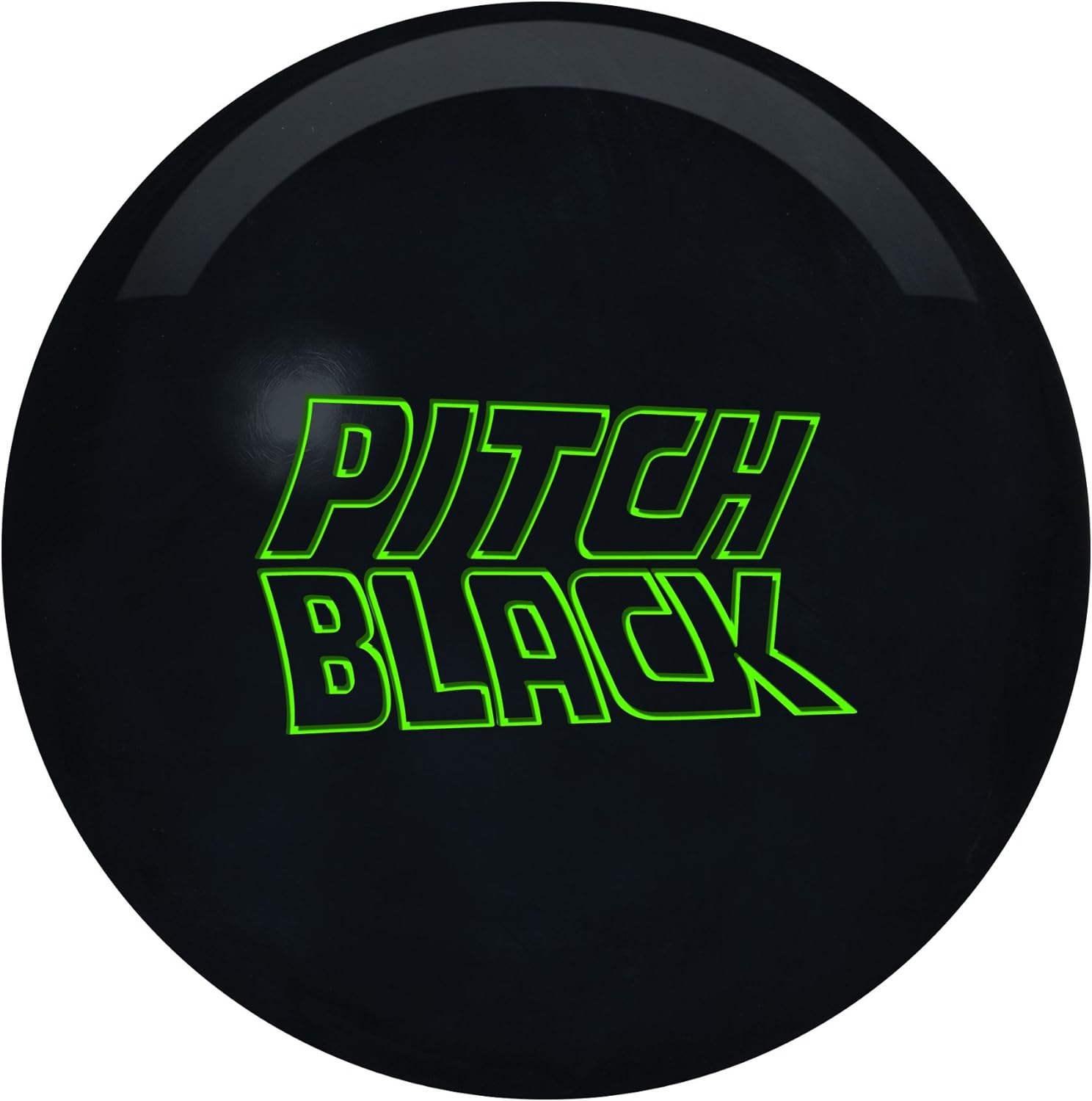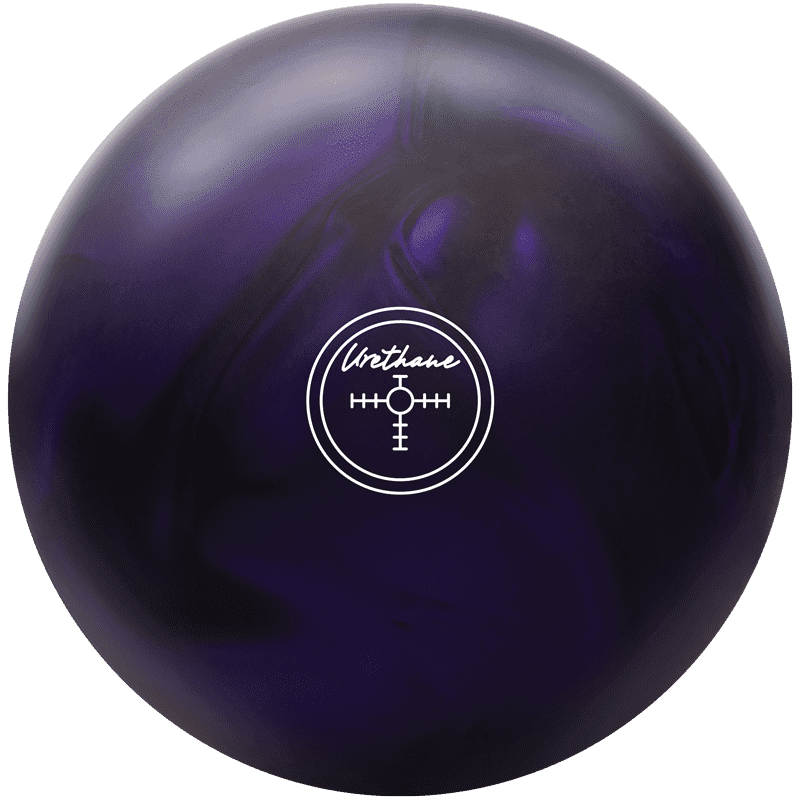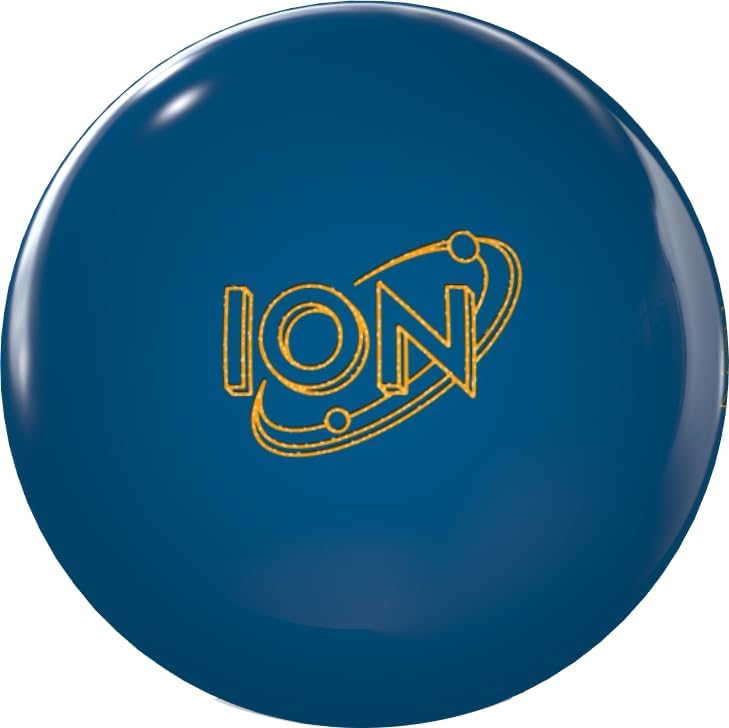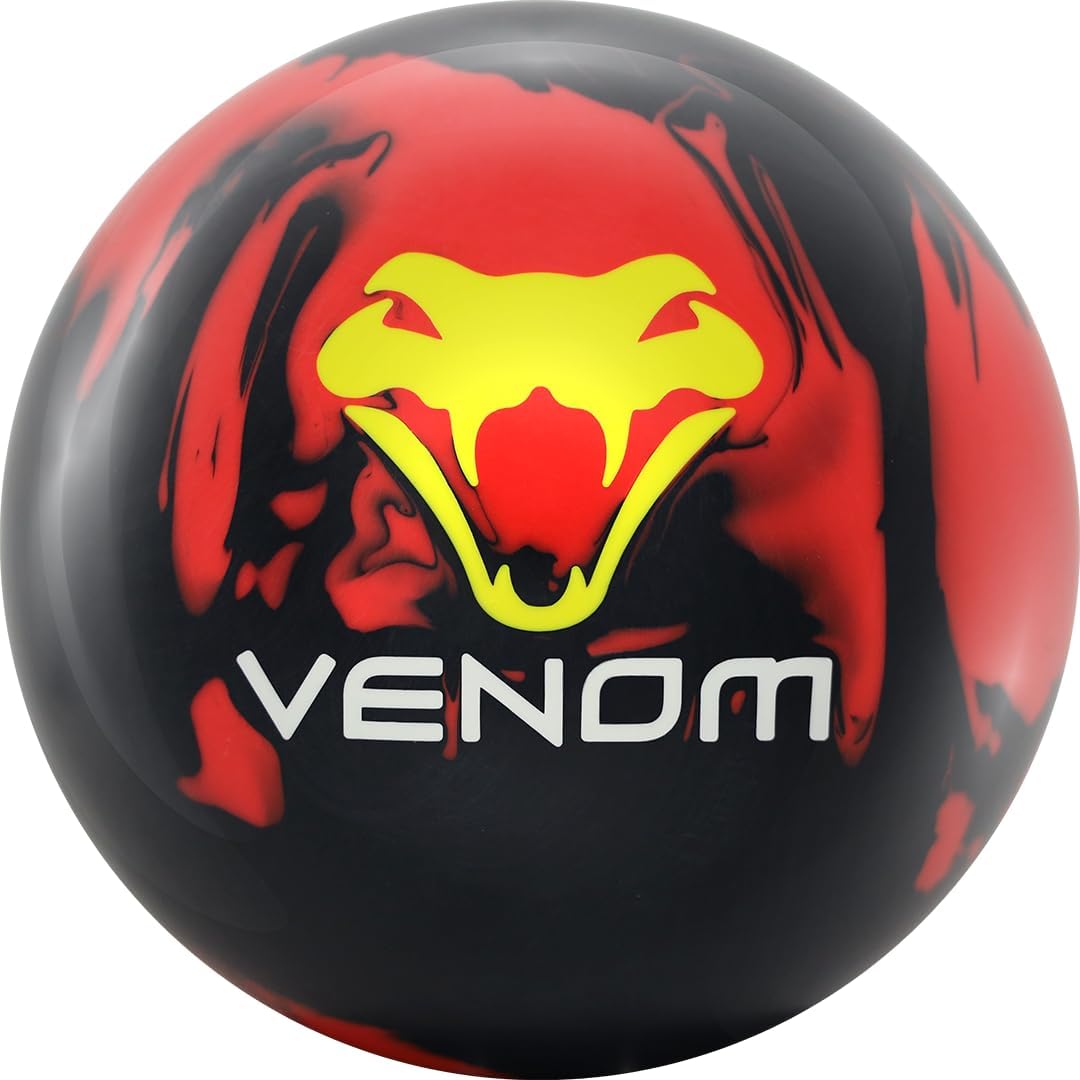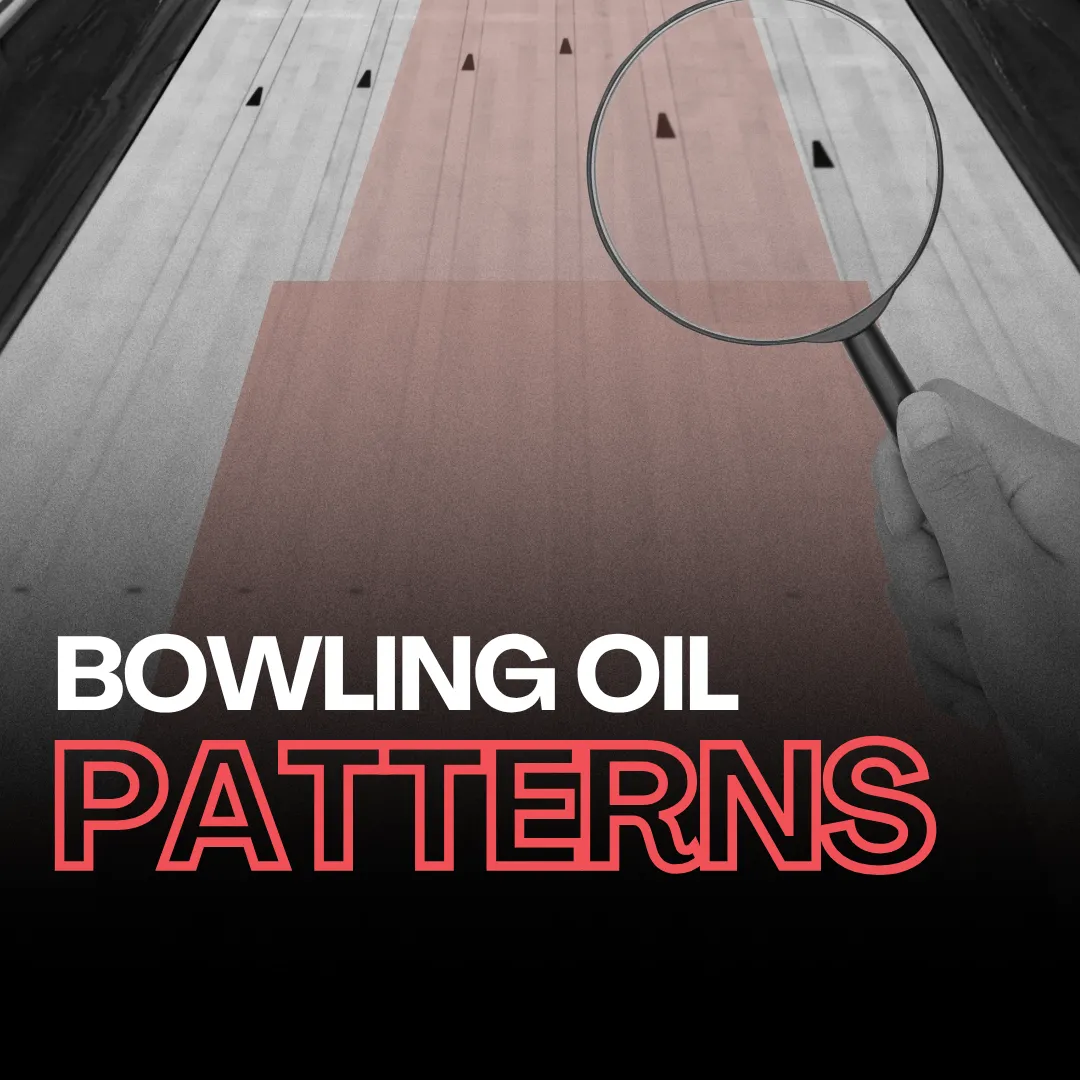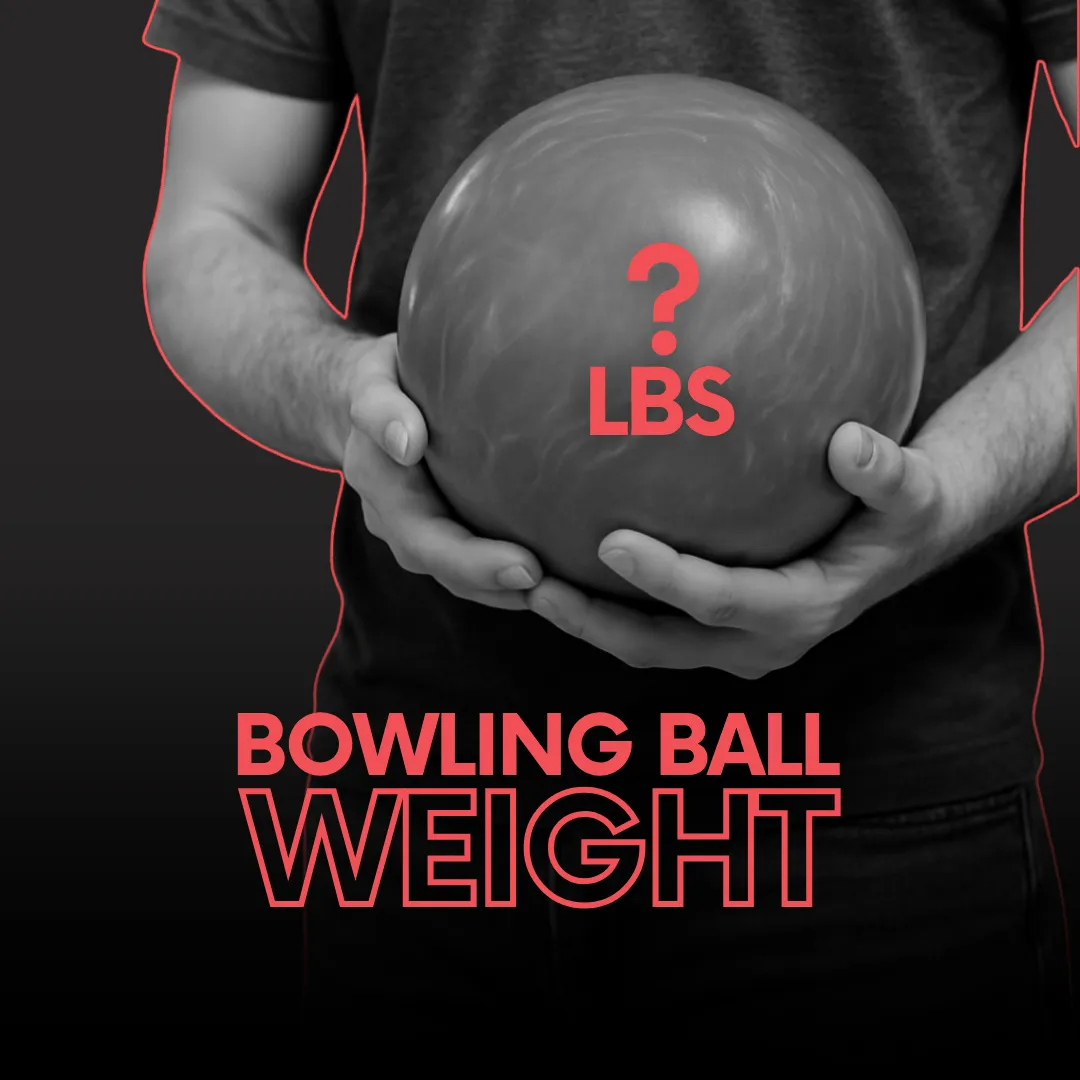Ever seen the word “Diff” or “Differential” on a bowling ball spec sheet and wondered what it actually means? Well, you’re not alone.
Diff in bowling is one of the most important numbers when it comes to understanding ball motion - but it often gets overlooked or misunderstood.
In this article, we’ll explain what differential (or Diff) means in bowling, how it affects your ball’s movement on the lane, and how to choose between low, medium, and high diff in bowling balls based on the conditions you bowl on. Plus, we’ll share some ball examples to have a better visual and understanding.
Some links in this article are affiliate links, which means we may earn a small commission if you make a purchase - at no extra cost to you. This helps us keep our content free and accessible to everyone.

What Does Diff in Bowling Mean?
Diff in bowling, or differential, is a measurement of the difference in the radius of gyration (RG) between the ball's maximum and minimum axes. In simple terms, it tells you how much the ball flare.
The higher the differential, the more flare the ball creates—and the stronger the overall motion.
How Does Differential Affect Ball Motion?
Here’s what you need to know:
- Low differential = less flare, smoother and more controlled motion
- High differential = more flare, stronger hook, more angular reaction
- Medium differential = balance of control and hook
Differential plays a key role in how much a ball hooks - not when it hooks (that’s influenced by RG), but how aggressively it turns the corner.
Differential Ranges Explained
| Diff Category | Range (inches) | Ball Motion Characteristics | Best For |
| Low Diff | 0.010 – 0.025 | Minimal flare, controlled motion | Straighter angles |
| Medium Diff | 0.025 – 0.045 | Balanced control and hook potential | Versatile, all-around conditions |
| High Diff | 0.045 – 0.060 | Strong flare, aggressive hook | Strong backend motion |
Diff vs RG: What’s the Difference?
While RG describes when a ball revs up, Diff in bowling determines how much it can hook. Think of RG as timing, and Diff as power. Understanding both helps you match your gear to the lane and your style more precisely.

Which Diff in Bowling Should You Choose?
Here’s a simple breakdown to help guide your decision:
- Low Diff owling Balls
- Medium Diff Bowling Balls
- High Diff Bowling Balls
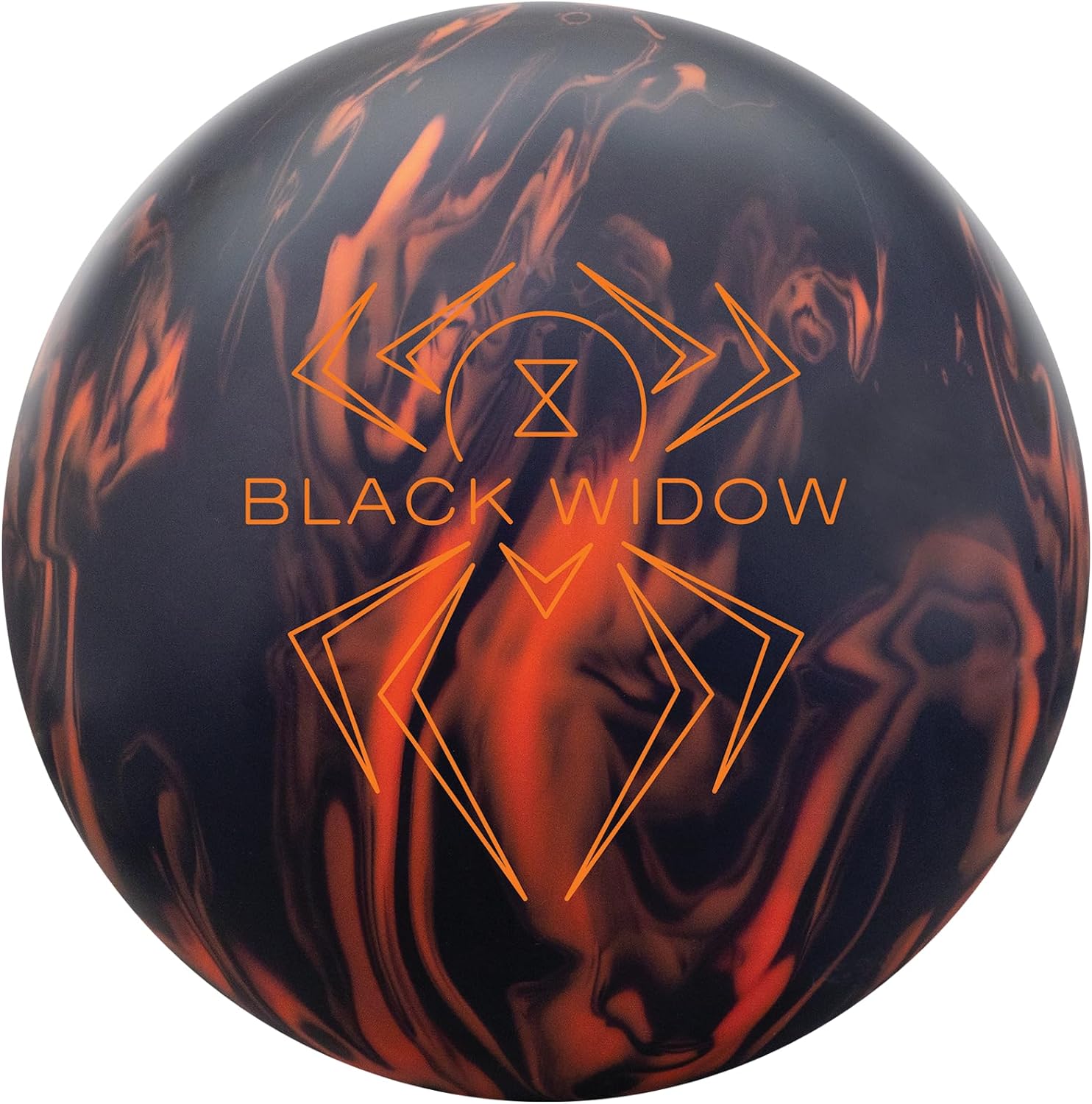
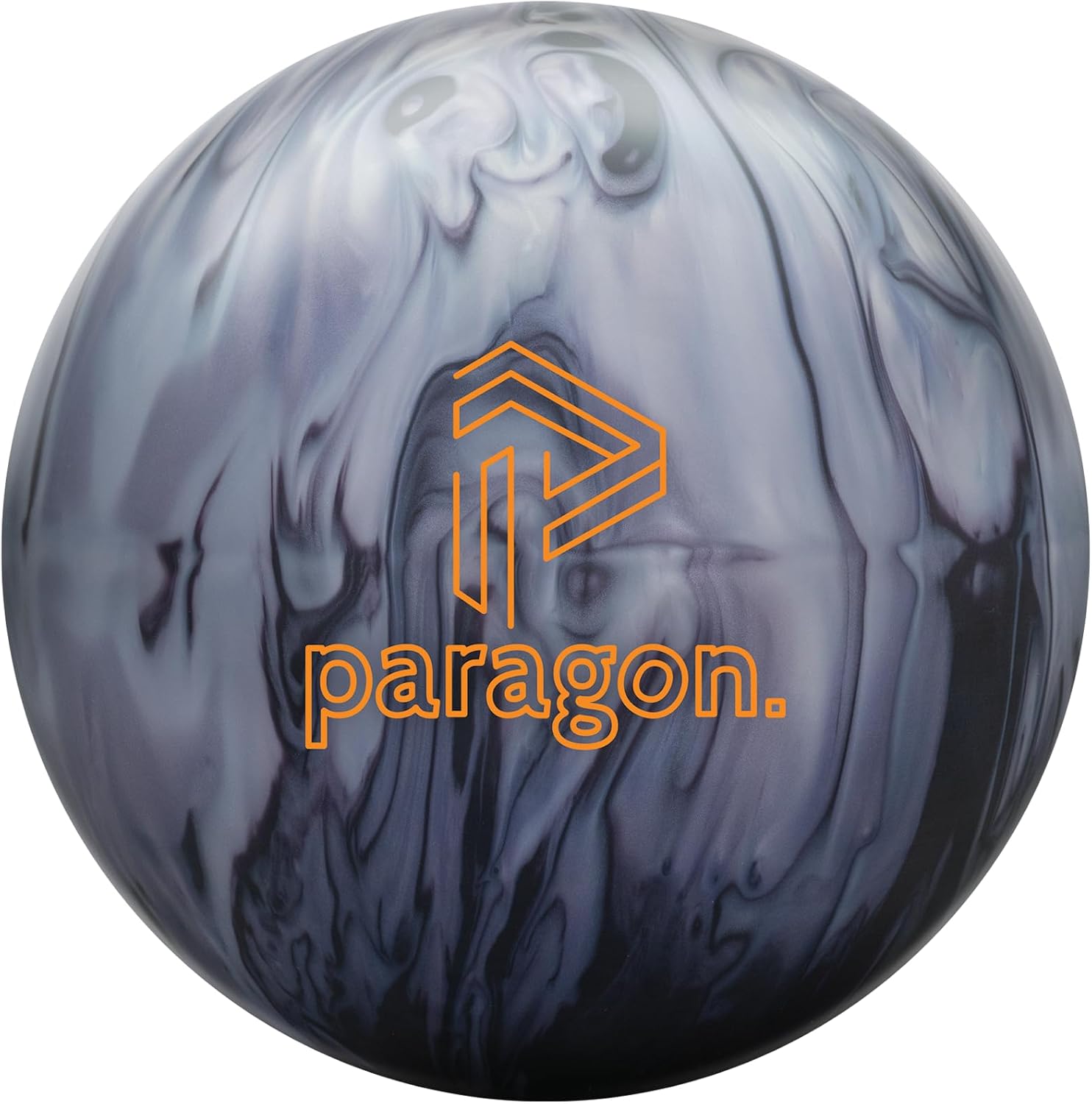

Final Thoughts
Understanding what diff in bowling means in bowling gives you a powerful tool when building your arsenal. It's not just a number - it directly shapes your ball motion and how well you can adapt to different oil patterns.
Whether you want a smooth and controlled arc or a sharp, aggressive backend hook, differential helps you get there. Combine it with your knowledge of RG, and you’ll make smarter ball choices every time.

